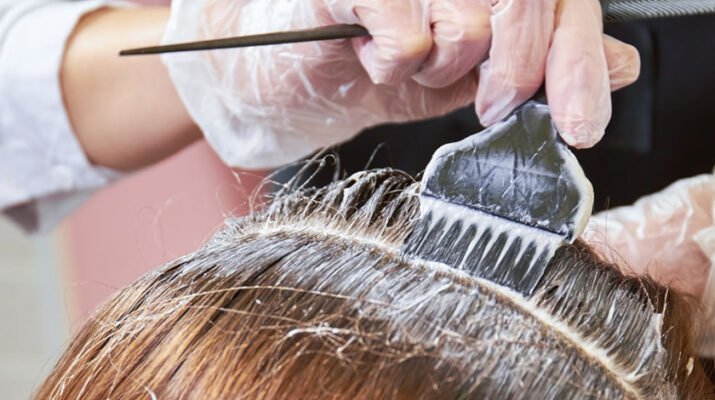By Deborah Jeanne Sergeant
Anew study published by BMJ indicates that permanent hair color does not increase risk of most cancers and only slightly elevates risk of a few.
For 36 years, the study followed 117,200 women in Boston who did not have cancer at the beginning of the study.
The women who used hair dye did not show an increase of cancers of the bladder, brain, colon, kidney, lung, blood and immune system nor those effecting the skin or breast.
Only slight risk of basal cell carcinoma of the skin was seen in women with naturally light hair.
Certain breast cancers also showed a slight risk in correlation with the amount of dye exposure.
Risk for Hodgkin lymphoma increased for women with naturally dark hair.
The research is limited because it mainly included white women of European origin and no men, although only 10% of men use hair color.
The study also was not conducted as scientifically as possible because some of the women stopped and restarted using color or may have misclassified their coloring product as permanent when it was temporary.
Still, the research does not indicate a marked elevation of risk, which should be a relief for the scores of those turning to bottles of dye to maintain their look while at home during the pandemic.
“It’s not clear how much personal hair dye use might raise cancer risk, if at all,” said Jason Coleman, Cancer Control Strategic Partnerships manager for American Cancer Society throughout Upstate New York. “Most studies done so far have not found a strong link, but more studies are needed to help clarify this issue.
“If someone is still concerned about hair dye safety, they can embrace their natural hair color or try some of the newer hair dye products that are vegetable-based. These products may have some drawbacks, such as not being able to change hair color drastically or having the color fade sooner than is seen with permanent dyes unless they contain some of the same ingredients as the permanent dyes.”
There is also a difference between home color available at stores and color used at salons by professionals such as Sarah Riehle, manager at Cielo Salon in East Aurora.
“At Cielo, we primarily use L’anza products,” she said. “It has very low ammonia and has no known carcinogens whatsoever. All of the plant derivatives they use are eco-friendly and all of the formulas are clean air formulas. Even the vapors of it are safe for people to breathe in and for the environment.”
She said that the company uses wild rather than cultivated botanicals for their plant-based ingredients.
Riehle also lauded the low-ammonia content of natural brands of hair color compared with boxed color used at home.
“The ammonia levels are very high in boxed color because it’s not customized at all,” Riehle said. “It has to work on someone with white, unpigmented hair or black hair. It’s very strong for certain people.”
While she views boxed color as far better than it used to be for its safety, its efficacy represents her concern as it is one-formula-suits-all. That can be problematic for people with sensitive skin or an allergy to a certain ingredient.
“Now that we have been open a while, we are seeing the aftermath of people coloring at home,” Riehle said. “You can buy $20 boxes of hair color but you can spend $200 to $300 to correct what happens. You never know what you’re going to get if you use at-home hair colors.”
While some color their hair successfully, other people have experienced topical reactions to the ingredients used and undesired results in their hair’s color.

